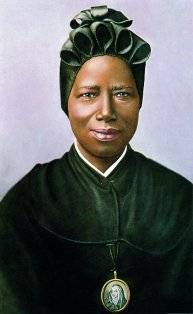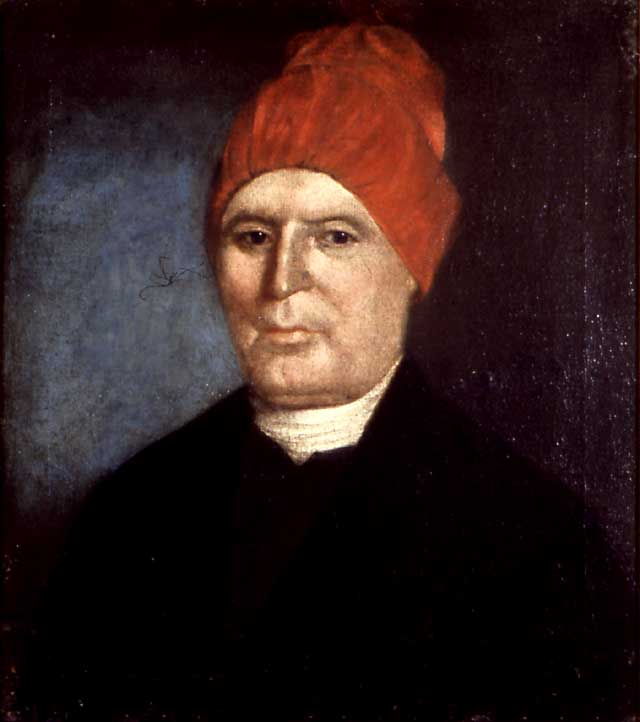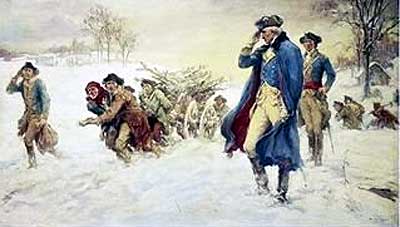

“Don’t be afraid, because a kind providence is watching over you, and – you’ll see – everything will work out in the end.” St. Josephine Bakhita
Slavery is supposed to have been abolished, but today, millions around the world are enslaved, victims of human trafficking. Traffickers prey on the helpless, most often women and children. Even poor men are used and exploited for the benefit and gain of others, and some spend their entire lives never knowing the basic human freedoms that we so often take for granted.
Our story this week is about a woman who was trafficked as a child – St. Josephine Bakhita. God brought this daughter through many trials and her story of courage and grace is very inspirational.
“My family lived in the middle of Africa…” Josephine knew precisely where she was born though not exactly when. Due to the years of torture she endured “Bakhita” did not remember her original name either. However, she always held in loving memory her home in a village called Al-Qoz in Darfur. The name means ‘Sandy Hill’ and it is at the southern edge of the Sahara Desert.[1]
Her father was a landowner overseeing a large staff of field laborers and herdsmen, and the village head man was her uncle. Her family was well-off, but most importantly, they were loving and close. Josephine recalls, “It was made up of father, mother, three brothers and three sisters, plus four others whom I never knew because they died before I was born. I had a twin sister; I’ve no idea what became of her or of any of them, after I was stolen. I was as happy as could be, and didn’t know the meaning of sorrow.”
Josephine’s story shows one of the most tragic things about human trafficking: the way it also destroys families. One day when she went out to play with a friend, Josephine was suddenly kidnapped by Arab slave traders. She was about 9 years old.
For the next 12 years Josephine would be bought and resold many times. One slaver gave her the name ‘Bakhita’. It means ‘Lucky’ and was a very common name for slaves. Lucky for the slave owners, but not for Josephine. She and another girl attempted to escape one time. How she longed to find her way home. But Bakhita was quickly found and brought back. The slaver eventually brought them to a market for sale.
Her treatment as a slave varied from one owner to the next. Her first owner was a wealthy Arab who gave her to his daughters as a maid. This went fairly well considering the circumstances until she angered the owner’s son. “He immediately seized a whip to flog me. I fled into the other room to hide behind his sisters. I should never have done that! He flew into a rage, dragged me out of there, flung me on the ground and with the whip and with his foot gave me so, so many blows. Finally, a kick to my left side made me lose consciousness. The slaves had to carry me to my sleeping mat, where I lay for over a month.”
When Bakhita recovered she was put to other temporary work and then resold. Worse torture was still in store for her. A Turkish general bought her. His wife ordered her to be scarred. It was a custom of that culture for slaves to show honor to their masters by wearing tattoos. These were given in a very cruel way. Indeed, Josephine Bakhita would eventually suffer a total of 114 scars from this abuse.
She remembered, “A woman expert in this cruel art arrived. She took us to the porch, while the mistress stood behind us, whip in hand. The woman had a dish of white flour fetched, and another of salt, and a razor. She ordered the first one (of three girls. Josephine’s turn was last.) to lie down on the ground and two of the strongest slaves to hold her, one by the arms and the other by the legs. Then she bent over the poor girl and, using the flour, began to trace on her belly about sixty fine marks. I stood there, watching everything, knowing that afterwards they were going to perform the same torture on me. Once the marks were completed the woman took the razor and swish, swish, sliced along each mark she’d traced, while the poor girl groaned, and blood welled up from each cut. When this operation was finished she took the salt and rubbed it as hard as she could over each wound, so that it would go in and enlarge the cut, and keep the edges open. The agony and torment! The victim was writhing in pain, and I was shaking in anticipation.”
When her turn came, Bakhita received cuts on her chest, belly, and right arm. She kept thinking, “’This is it: I’m going to die,’ especially when she rubbed the salt into me.” She and the other two girls were left on mats, unable to move for over a month.
Later Bakhita was sold to the Italian Vice Consul, Calisto Legnani, who proved to be a kinder master. When he decided to return to Italy, Bakhita begged him to take her along. He agreed and when they got to Italy she was given to another family. There she served as a nanny.
Her new mistress wanted to travel to be with her husband and left her child, Mimmina, and Bakhita in the custody of the Canossian Sisters in Venice. There Mimmina could get some education while her mother traveled. While they were there, Bakhita learned about God.
Josephine later said that she had always known about the God Who created all things, but did not know Who He was. The Sisters answered all of her questions and Bakhita made a decision to follow Christ. She desired to remain at the convent when her mistress returned.
Her mistress tried to talk her out of it and Josephine admitted that she would really miss Mimmina, but she believed that her decision was a call from Christ. The sisters believed it too and tried to make a way for her to stay.
The case went to court, and thankfully, it was discovered that slavery had been outlawed in Sudan before Josephine was born. Therefore, she could not lawfully be made a slave. Now Josephine was free to live her own life. She chose to remain with the Canossian Sisters.
She was baptized on January 9, 1890 and took the name Josephine Margaret and Fortunata. Fortunata is the Latin translation for the Arabic ‘Bakhita’.
Josephine became a novice and then eventually took her final vows on December 8, 1896 with the Canossian Daughters of Charity. She was assigned to a convent in Schio, Vicenza. For the next 42 years of her life Josephine served as a doorkeeper and cook at the convent. She also traveled and spoke. She helped many nuns who were training to be missionaries in Africa.
Josephine was kind to children and was known to have surreptitiously lifted her sleeve to show them her scars. At first the Italian children were in awe of her because they did not see many black sisters, but they soon grew to love her and call her ‘Black Mother’.
Gentle and quiet with a ready smile she became known affectionately as the “little brown sister”. After some years she was honored with the title “Black Mother”. When people would ask her story and then offer sympathy, Josephine would sometimes say that she should thank her kidnappers. Though God brought her to Himself in such a difficult way she was thankful for Jesus Christ. She told others that they should serve and love God no matter what. Her words really carried some weight!!
Josephine lived through two world wars and many other trials but always remained firm in the belief that God was watching over her. She was an encouragement to thousands and thousands throughout the rest of her life.
Josephine went to be with her Savior on February 8, 1947. Josephine is the patron saint of Sudan.
[1] All quotes from the booklet by Jean Olwen Maynard, “Josephine Bakhita: A survivor of Human Trafficking”, Catholic Truth Society, 2015.



